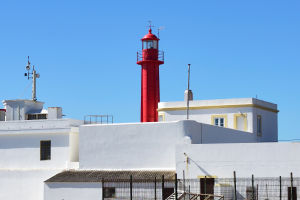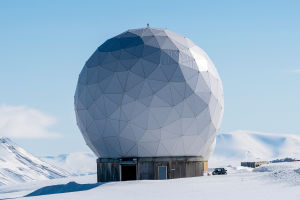Hedionda Lagoon: Bolivia
Nestled in the stunning Bolivian Altiplano, Hedionda Lagoon is a hidden treasure that offers travelers a unique experience in one of the world's most surreal landscapes.
Known for its emerald-green waters, diverse birdlife, and dramatic surroundings, this high-altitude lagoon is a must-visit for adventurers exploring the Uyuni region.
Getting to Hedionda Lagoon
To reach Hedionda Lagoon, most travelers embark on a guided tour from Uyuni, the gateway to Bolivia's famous salt flats. Tours typically last 3 to 4 days and include visits to other incredible sites such as the Eduardo Avaroa National Reserve, Laguna Colorada, Laguna Verde, and the Siloli Desert. The drive to Hedionda Lagoon involves navigating through rugged, high-altitude terrain, so it’s best to go with a professional guide who knows the area well.
What Makes Hedionda Lagoon Special?
Hedionda Lagoon is famous for its striking greenish-yellow waters, which get their color from high concentrations of sulfur. The name "Hedionda" itself translates to "stinky" in Spanish, a nod to the lagoon's distinct sulfurous odor. But don't let the name fool you; this place is incredibly beautiful, especially against the backdrop of the snow-capped Andes Mountains and the vastness of the Altiplano desert.
Wildlife Wonderland
One of the main attractions of Hedionda Lagoon is its rich birdlife. This lagoon is a feeding ground for three species of flamingos: the Chilean Flamingo, Andean Flamingo, and the James's Flamingo. Watching these elegant birds wade through the lagoon’s colorful waters is a magical experience. You may also spot other species such as the Andean goose, the horned coot, and the Silvery Grebe.
Photography Tip: Early morning and late afternoon offer the best light for capturing the vibrant colors of the lagoon and its flamingo residents.
Exploring the Surroundings
The landscape around Hedionda Lagoon is marked by rugged terrain, volcanic rocks, and desert vegetation. This region offers excellent opportunities for hiking, photography, and nature exploration. You can walk along the shores of the lagoon and marvel at the mineral deposits that create stunning natural patterns.Don’t Miss: Look out for the unique “Dali-esque” rock formations that dot the landscape, sculpted by wind and erosion over thousands of years.
Accommodation and Dining
There are no hotels directly at Hedionda Lagoon, but several basic lodges and refugios are scattered across the Uyuni region, particularly in San Juan or Villa Alota. These lodges provide rustic yet comfortable accommodations, with prices ranging from $20 to $60 USD per night depending on the level of comfort and amenities.
Popular Option: The Tayka de Piedra Hotel offers a unique stay in the middle of the Altiplano with rooms around $50 to $60 USD per night.
For dining, meals are often included in the tour packages, typically prepared by the tour operators. The food is simple but hearty, featuring Bolivian staples such as quinoa, potatoes, and llama meat.
What to Bring
The Altiplano's high altitude means that temperatures can vary significantly, with cold nights and sunny days. Pack layers of warm clothing, including a windbreaker, gloves, and a hat. Don't forget to bring sunscreen, lip balm, and sunglasses to protect against the intense UV rays. A camera with a good zoom lens is essential for capturing close-ups of the wildlife.
Whether you are traversing the stunning landscapes of the Uyuni region or looking for a peaceful retreat to witness nature in its raw form, Hedionda Lagoon is a destination that should not be missed. Its ethereal beauty, combined with the unique wildlife and serene ambiance, makes it a truly unforgettable part of any Bolivian adventure.


